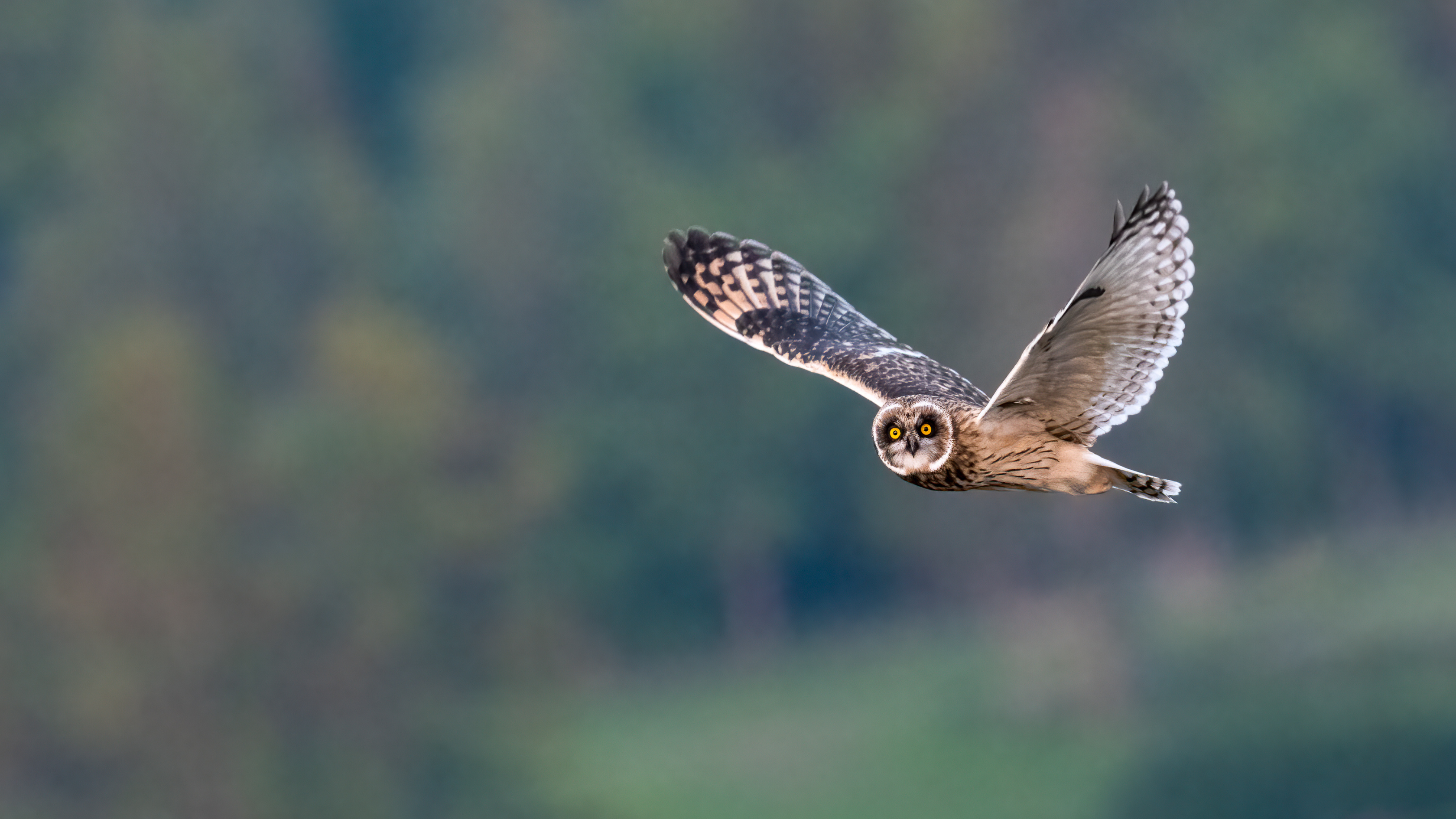Have you ever looked at a spider’s web and wondered how it’s so strong, or marveled at the way a lotus leaf stays clean even in muddy water? These are just a few examples of how nature has inspired countless innovations throughout history. Biomimicry is the practice of learning from nature’s designs and processes to solve human problems. It’s a fascinating field with widespread applications from sectors like medicine to architecture.
What is Biomimicry?
Biomimicry is not just about copying nature; it’s about understanding the underlying principles that make natural systems work so well. By observing how organisms adapt to their environments and solve challenges, we can gain valuable insights into how to design more efficient and sustainable solutions for our own needs.
Think of VELCRO® , which was inspired by the burdock plant’s tiny hooks that stick to animal fur. Or the wings of airplanes, which are modeled after the shape of bird wings. These are just a few examples of how biomimicry has led to groundbreaking inventions.
Emerging Trends in Biomimicry
The field of biomimicry is not new but it is constantly evolving, with innovative discoveries and applications emerging all the time. Here are a few interesting examples:
- Living Materials: Scientists are developing materials that are inspired by living organisms. These materials can self-heal, adapt to their environment, and even respond to stimuli.
- Sustainable Fashion: The fashion industry is increasingly turning to biomimicry for inspiration, from biodegradable fabrics to self-cleaning and temperature-regulating clothing.
- Soft Robotics: Inspired by the octopus, researchers are developing soft robots that can navigate complex environments and perform delicate tasks.
- Bioinspired Flight: Engineers are learning from the flight of birds and insects to develop more efficient and agile drones.
Biomimicry in Higher Education
While formal biomimicry degrees are still emerging, several universities are pioneering the field and showcasing different approaches to how higher education institutions can incorporate biomimicry into their research and academic programs.
- Arizona State University offers an online Master of Science in Biomimicry which combines interdisciplinary studies in topics such as biology, design thinking, chemistry, and sustainability with practical applications to help graduates learn to apply nature-inspired solutions in their own career-related industries.
- The University of Akron combines “art and business” in its Biomimicry Research and Innovation Center (BRIC), In addition to incubating research projects and curricula, the BRIC hosts a graduate fellowship for doctoral students in collaboration with Great Lakes Biomimicry. The university also offers a 9-credit Undergraduate Certificate in Biomimicry open to students in any major.
- The Minneapolis College of Art and Design offers a four-course Biomimicry Certificate that includes sustainable design and systems thinking. The certificate can also be embedded in a Master of Arts in Sustainable Design, guiding students to incorporate biomimicry principles into their design solutions.
Biomimicry is a powerful tool for solving some of our most pressing challenges. By looking to nature for inspiration, we can create solutions that are not only more sustainable but also more beautiful and efficient. As Janine Benyus, the founder of the Biomimicry Institute, says, “Nature is our best teacher.” By learning from nature, we can create a better future for ourselves and for the planet.




